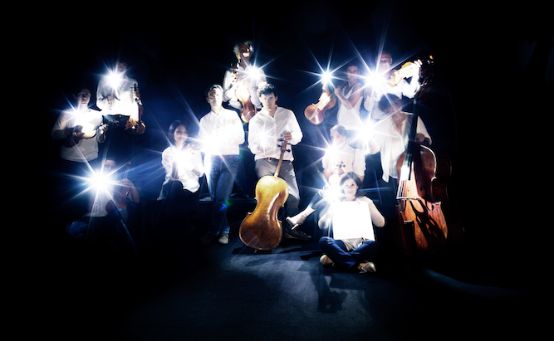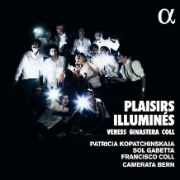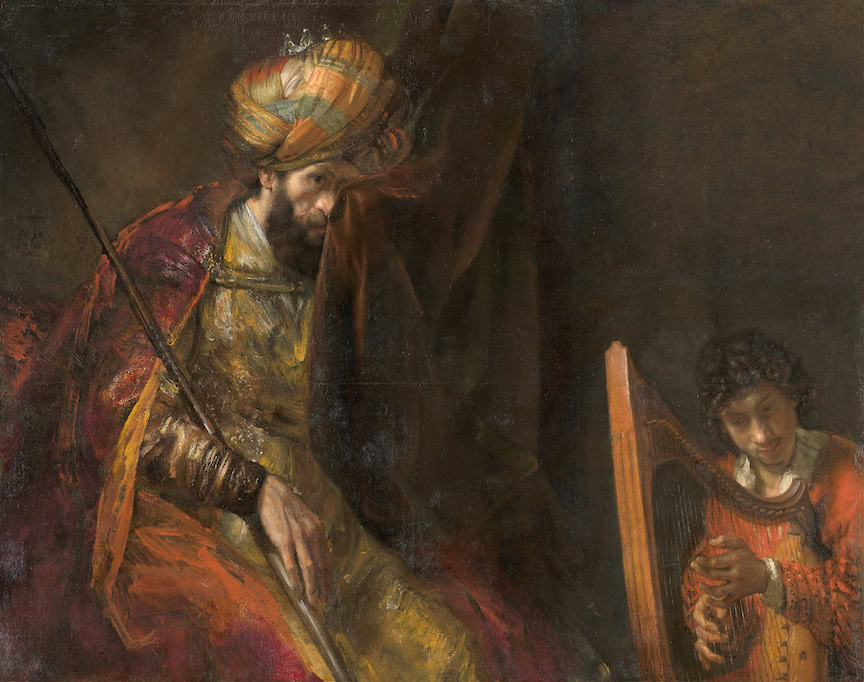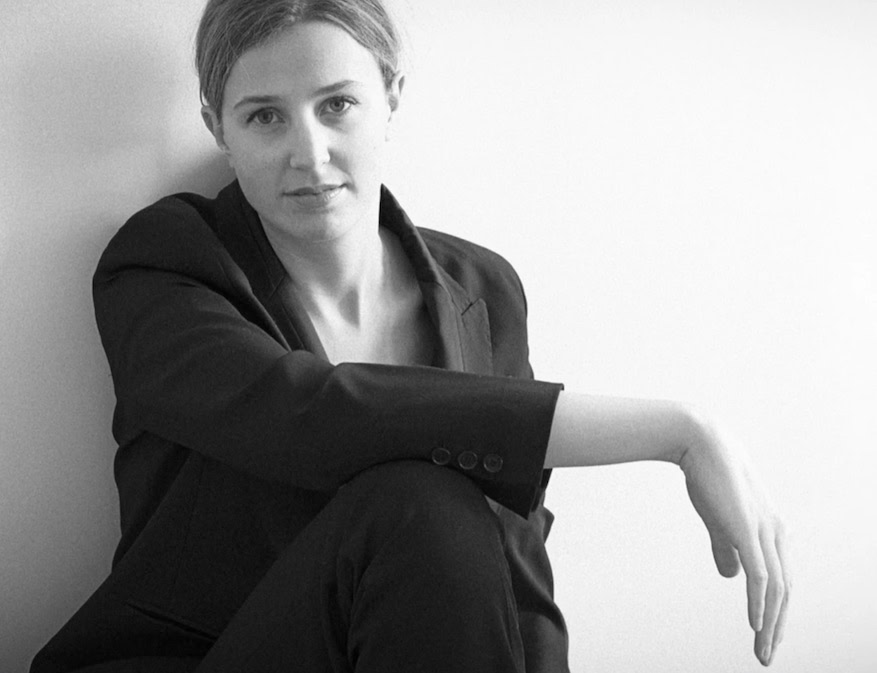The rise of "Grosse Nachtmusik
Camerata Bern's CD "Plaisirs illuminés" offers works by Veress, Ginastera, Coll, Kurtág, Bartók and Ligeti.

Mirroring the sparkling audacity of the Moldavian violinist - an actress in her own right! -The image of the twelve musicians of Camerata Bern at night, brandishing fireworks, heralds a palette of unsuspected sonorities! In this kaleidoscopic CD, these are born of almost inaudible sounds, which make the ear prick up to distant, sometimes discordant harmonies, similar to the organ's Vox humana, culminating in breathtaking, ultra-aggressive attacks. Patricia Kopatchinskaja pays homage to her team's virtuosity, imagination and perseverance - qualities comparable, she says, to those required for climbing Everest, and essential for success in Veress, Ginastera and Coll! Mixed in between these composers, movements by Kurtág, Bartók and Ligeti are a welcome breath of fresh air...
Let's turn to Sándor Veress. In 1965/1966, knowing every member of the fledgling Camerata Bern, the composer challenged them to uncompromising cadenzas; he dedicated his Musica concertante for twelve strings to the recently founded ensemble. Your scribe remembers the first recordings for Bremen Radio! In February 1993, a fine CD - conducted by Heinz Holliger - was produced in La Chaux-de-Fonds for ECM. But without a conductor, under the impetus of Kopatchinskaja, our masterpiece rediscovers its astonishing impetuosity! In the first movement, a back-and-forth of waves sweeps us along in ten minutes of exchanges between soli and tutti. The soothing Meditationwith a very Hungarian tenderness, caresses us with her rubatibut does not conceal the underlying anxiety threatening the immense crescendo on the horizon, nor the touching morendo that follows. The last movement is punctuated by an explosion of polyrhythm - barely playable without direction, but very successful!
Alberto Ginastera arranged his Second Quartet (1956) for string orchestra in 1968. In the opening Variations per i solisti, Kopatchinskaja's solo is captivating, bathed in a gentle flautandowhich carries us relentlessly and agilely to powerful high notes. As for the cadenzas for cello, viola and double bass (the latter added for this version), they magnify the virtuosity of the performers. Visit Scherzo fantasticofor its part, flies off with the lightness of moths, in a delicacy and precision emblematic of the musicians' rigorous listening. But it's the intensity of theAdagio angoscioso which takes us through the deepest moments: dream and reality merge in long, daring silences. Until the sudden folkloric awakening of the Finale furioso !
Composed for Patricia Kopachinskaja, Sol Gabetta and Camerata Bern, Illuminated delights by Francisco Coll - in his time a painter inspired by Salvador Dalí - lead us into the twists and turns of his imaginary world, sometimes aggressively sprayed, stretched or, in the Wiegenliedextracted from time and hurled to the bottom of the ocean, sometimes playful, crazy in the flamenco of the Scherzo fantastico or secretly suffering in the Lamento - Epilog. While the recording captures the beauty of the violin and cello sound, it highlights a certain acoustic harshness, which illuminates ... the pleasures!
Finally, what an original idea to leave the last word to the birdsong, brilliantly improvised on the Camerata's forty-eight strings, which gradually fades into the deep sleep of nightfall...
Illuminated delights: Veress, Ginastera, Coll. Patricia Kopatchinskaja, violin, conductor; Sol Gabetta, cello; Francisco Coll, conductor (Doppelkonzert); Camerata Bern. Alpha Classics 580









